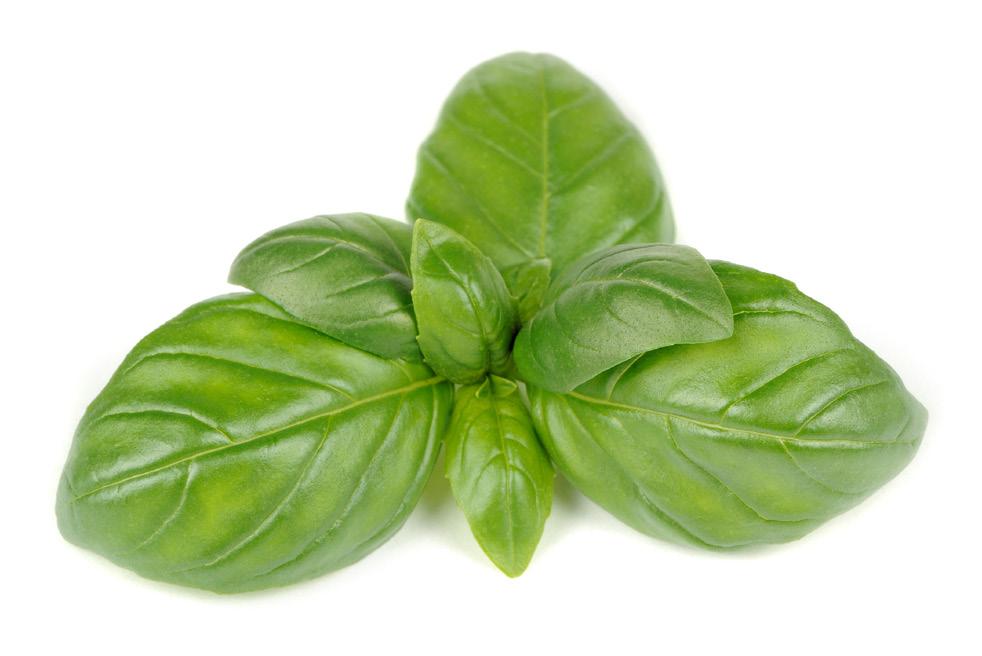
3 minute read
Handy herbs
Seasoning can transform an average dish into an amazing one. From classic pairings like rosemary and lamb to chicken and sage, herbs make food sing. But their benefits don’t stop there. These plants have also long been used for their fragrance, medicinal qualities and as a natural pest repellent.
BASIL
Advertisement

This delicious and quick‑growing herb pairs perfectly with tomato, garlic and lemon. It’s a versatile ingredient in the kitchen; basil is great as a fresh garnish in salads and pastas, cooked in sauces and omelettes or blitzed in a pesto. Basil is full of antioxidants, which help to fight free radicals in the body. Basil oil has also been used to alleviate digestive issues, nausea and inflammation.
CORIANDER

When it comes to this tangy herb – which is related to parsley, carrots and celery – you either love it or you hate it. Coriander leaves are used as a fresh garnish in many Asian and Mexican dishes while the seeds are used in curries and masalas. But unfortunately for about one in five people, this herb has a soapy taste due to a sensitivity to a group of chemicals called aldehydes.
MINT

The oil of this aromatic herb is a popular flavouring for everything from toothpaste and gum to ice cream and beauty products. The fresh leaves pair well with chilli and coriander in salads while the dried leaves make a fragrant tea. Mint is a traditional remedy for indigestion and soothing common cold symptoms. Just be careful to plant it in a pot as mint is a vigorous plant that will take over your garden bed.
ROSEMARY

Unlike most herbs, rosemary holds up well to heat and prolonged cooking times, making it a great flavour booster for soups, casseroles and stews. Its earthy, woody flavour pairs well with potatoes, bread and most meats. Rosemary oil has been used to treat acne and dandruff, and is used as an all-purpose cleaner. Dried sprigs can help repel pests and add a decorative touch to bouquets and wreaths.
SAGE

This strong herb must be used sparingly to prevent it from overpowering a dish. It can be fried to mellow its flavour and pairs well with butter, poultry and root vegetables. Sage is packed with antioxidants and has antimicrobial qualities which promote oral health. Dried leaves are used in teas and burned in spiritual rituals. Sage is a hardy, sun-loving plant but needs well-drained soil to thrive.
THYME

This pungent herb, which has a slightly sour flavour, is extremely versatile in the kitchen. It’s a great companion for seafood and roasted vegetables, and also works well in sauces, pasta and pizza. Thyme oil has antibacterial and anti‐inflammatory properties which fight acne and tooth decay. This drought-tolerant herb is easy to grow and makes a great ground cover.







